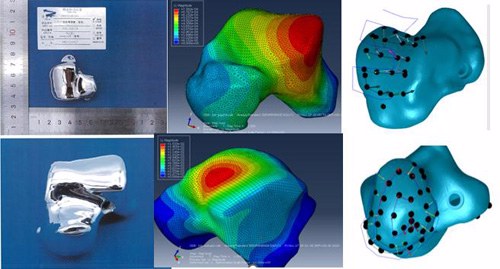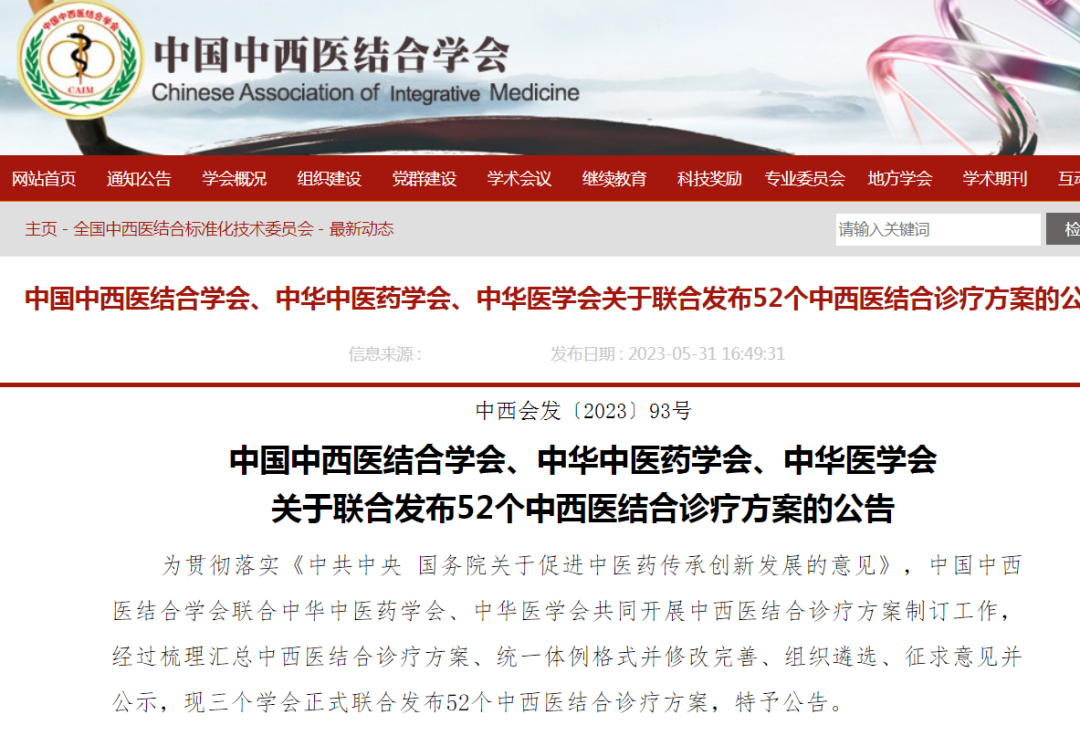The right foot is so rotten that the bone is exposed. If he cannot walk, he still faces amputation. For Ayong (not his real name), he almost lost his right leg because of diabetic foot and unbearable ulceration. At a critical moment, fortunately, when I met the joint orthopaedics team of the Second People's Hospital of Guangdong Province (hereinafter referred to as "the Second Provincial Medical College"), I made a small opening in the leg and moved a small piece of bone to grow new blood vessels in the right foot, which not only saved the right leg, but now it is still normal walk Has.

Critical! Five rotten toes in one month, 38 year old man facing amputation
A Yong, 38, is a freelancer from Liwan, Guangzhou. He is free to work, but he is also troubled by a disease. Ayong has suffered from type II diabetes for two years.
Recently, Ayong's right foot began to appear numb, edema and ulceration. After going to the Grade III A hospital, Ayong was diagnosed with diabetic foot (Wagner stage 4) and arteriosclerosis obliterans of both lower limbs. "Because the fester is serious, the doctor told me that the little toe has been necrotic, and it is best to amputate the toe. If it continues to develop, the chance of retaining the whole right foot is very small."
After struggling for a period of time, Ayong finally accepted the doctor's advice, amputated the little toe of his right foot, and carried out anti-inflammatory, detumescence, circulation improvement and symptomatic treatment. However, the festering of Ayong's toes did not stop, but continued to deteriorate.
In just one month, the other four toes of Ayong's right foot appeared blackening, exudation and ulceration. As the festering became more and more serious, Ayong was so worried that he could neither eat well nor sleep well.
After being told by the doctor that he might face amputation, Ayong completely collapsed. "Heard the news, I wanted to die. I'm just this age, and I'm going to lose my right leg. What can I do in the future?" Ayong recalled.
In order to keep his right leg, after many inquiries, Ayong found the Second People's Hospital of Guangdong Province and received Qi Yong, the chief physician of the joint orthopaedics department of the hospital. After a clear diagnosis, chief physician Qi Yong admitted him to hospital.
Lucky! The opening is only 7cm, and the bone transfer operation is successful to reconstruct the circulation and protect the leg
After completing the examination, the chief physician team of Qi Yong found that the diabetic foot of the patient festered very quickly, and three more toes had been severely necrotic. In addition, imaging examination found that there were multiple calcified plaques in the lower limb arteries, and even several arteries in the lower leg were completely occluded, resulting in a serious shortage of blood supply. If not handled in time, it will inevitably aggravate necrosis, infection, amputation and even endanger life.
Considering the strong demand of the patients for limb salvage, the team of chief physician Qi Yong decided to resect the necrotic part and perform the transverse bone transfer of the tibia at the same time.
After confirming the operation plan, chief physician Qi Yong found Ayong and told him: "Three toes have died and must be removed in time. But rest assured, it is OK to keep the right leg."
The day of surgery will soon come. Qi Yong, the chief physician team, performed transverse tibial bone transfer for the patient. During the operation, Chief Physician Qi Yong cut a 7cm * 1.5cm bone block on the shin of the lower leg, and used a special external fixator to screw a 4mm fixing needle into the far and near segments, and two 3mm traction needles into the bone block to adjust the cut bone block to the appropriate position and suture the incision.
In addition, Director Qi Yong's team also performed debridement and toe amputation on the diabetic foot of the patient, cleaned up the ulceration and cut off the three necrotic toes under the skin. The operation went well, and Ayong soon returned to the ward for postoperative observation.
After the operation, Ayong continued to adjust the position of the amputated bone block through the external fixation worn at the lower leg. From the fifth day, the bones were moved outward 1 mm every day. Under the continuous and slow tension, the bones, muscles, nerves, blood vessels, skin and other tissues of Wang Ayong's right leg were regenerated. 20 days later, Ayong's wound closed and no longer festered, and he was discharged from hospital.
Two months later, Ayong returned to the joint orthopedics department of the second provincial medical college, and chief physician Qi Yong moved the cut bone back. And removed the external fixation frame for him. Now, A never only keeps his right leg, but also can walk normally.
Why did you stop the canker and keep your right leg by opening a small mouth and removing a small bone?
Chief physician Qi Yong said that the reason why diabetic feet fester is that the blood vessel wall hardens, occludes and has blood disorder due to metabolic abnormalities such as hyperglycemia and hyperlipidemia, which leads to necrosis. If the skin is damaged, it may develop into serious infection. The transverse bone transfer of tibia is to create a small and controllable bone wound on the leg bone of the patient, stimulate the regeneration and active growth of bone, blood vessels, skin and other tissues through the micro injury and repair mechanism, especially the regeneration of microvessels, which can realize the reconstruction of microcirculation, regenerate a set of collateral circulation system for the ischemic limb, and make the foot ulcer regain blood supply, So that the infection can be controlled to repair, so as to solve the fundamental problem of ischemic necrosis, so that patients can avoid the risk of amputation.
Tibial transverse bone transfer is effective in the treatment of diabetic foot, vascular obliterative vasculitis and arteriosclerotic obliterans. The reporter learned that since its launch in 2016, the Provincial Second Medical Joint Orthopaedic Department has done more than 100 cases of lower limb ischemic necrosis disease, 90% of which are diabetic feet. Through follow-up treatment and return visit in the later stage, the recovery of patients was very good, and the recurrence rate was very low.
Chief physician Qi Yong reminded that patients with severe diabetes should attach great importance to the occurrence of "rotten feet" and actively intervene in early treatment. For patients with diabetes, the most important thing is to regulate blood sugar control under the guidance of doctors, "keep your mouth shut and your legs open", and reshape a healthy lifestyle.
[Zhiduo D]
1. What is diabetic foot?
The basic definition of diabetic foot is the destruction of the skin and its deep tissue far from the ankle joint of diabetic patients, which is often accompanied by infection and (or) arterial occlusion of different degrees in the lower limbs, and the serious cases involve muscle and bone tissue.
2. What are the hazards of diabetic foot?
Diabetic foot poses a great threat to the health of patients, and is one of the serious chronic complications that lead to disability and death of patients. Its high incidence, treatment difficulties, and huge costs bring heavy burdens to patients and society. It is estimated that every 20 seconds, there is one amputation of diabetic patients in the world.
3. What are the manifestations of diabetic foot?
Neuropathic manifestations: the skin of the affected limb is dry without sweat, the extremities are tingling, burning, numbness, hypoesthesia or loss, and the feet feel cotton wool when walking.
4. How to prevent diabetic foot daily?
① Active hypoglycemic treatment and good control of blood sugar can minimize the incidence of ulcers. If the patient has ulceration, active hypoglycemic treatment can accelerate wound healing.
② Choose loose and suitable shoes and socks, and change socks frequently to ensure that shoes and socks are dry and comfortable. Before putting on shoes, check whether there are nails, gravel and other sundries in the shoes to avoid wearing the soles of the feet.
③ When chapped feet appear, do not stick adhesive tape. If infection occurs, be sure to go to a regular hospital for treatment in time to avoid delaying the condition. The feet should be checked regularly. If there are chaps or foot injuries, or corns, blisters, etc., you should go to the hospital for professional diagnosis and treatment as soon as possible.
④ Moderate regular exercise, regular and moderate exercise can enhance insulin sensitivity, help control blood sugar, reduce weight, improve circulation, and reduce cardiovascular risk factors.
(Correspondent: Zhu Jian)
39 Health Network (www.39. net), please do not reproduce without written authorization.
























